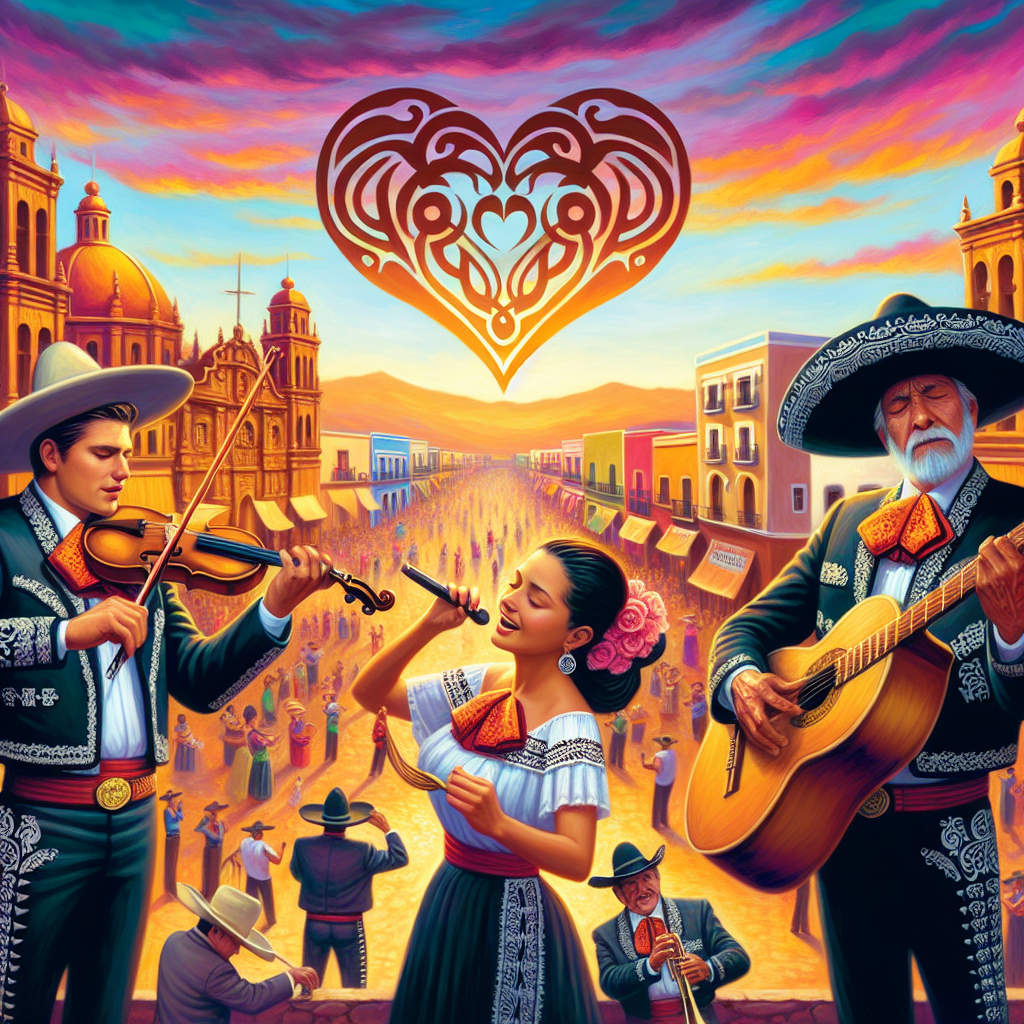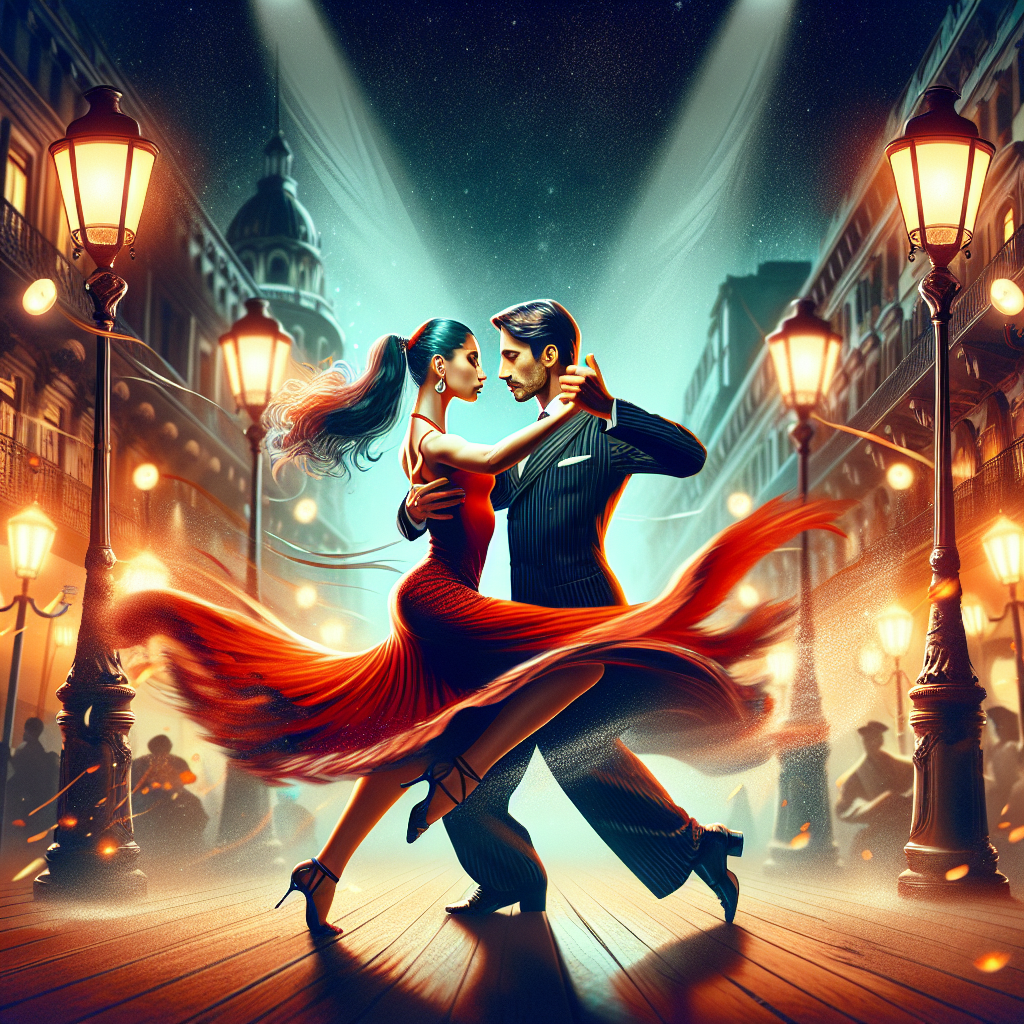Bossa Nova is a style of Brazilian music that found its place in the hearts of audiences worldwide. Emerging in late 1950s, it is a genre that combines elements of samba and jazz, exuding an aura of both rhythmic vitality and melodic tranquility. This eloquent blend communicates an array of emotions, from the depth of melancholy to the height of the elation, depicting the rich, colorful cultural landscape of Brazil.
The Birth of Bossa Nova
The term Bossa Nova translates to “new trend” or “new wave,” referring to the innovative approach to traditional samba rhythms. It was primarily developed and popularized by young musicians and students in Rio de Janeiro’s beachside neighborhoods, such as Copacabana and Ipanema, in the late 1950s. Soon, a ‘new wave’ was set in motion with a calming, cool sound that painted the laid-back, sunny lifestyle of Rio de Janeiro’s urban beaches.
The Artists Behind the Rhythm
The growth and popularity of Bossa Nova can be attributed to renowned musicians such as Antônio Carlos Jobim, João Gilberto, and Vinicius de Moraes. Antônio Carlos Jobim, often considered the father of Bossa Nova, contributed significantly to the genre with his entrancing melodies and harmonic innovations. João Gilberto, another leading figure, introduced a unique guitar rhythm that became essential in Bossa Nova, while Vinicius de Moraes penned many legendary songs reinforcing the poetic potential of this style.
The Unmistakable Rhythms
The characteristic rhythm of Bossa Nova music is undoubtedly its heartbeat. The familiar bossa clave, a rhythm pattern that often provides the rhythmic backbone of a song, lends a unique syncopation to Bossa Nova. Also, the genre’s distinctive rhythm guitar style, built on intricate patterns and performed with a nylon-string classical guitar, adds to its inimitable charm.
Bossa Nova’s Influence
Yet, the influence of this genre has transcended the borders of Brazil and has made a substantial impact worldwide, chiefly in North America and Europe. Recognized by its sophisticated chord progressions and sublime melodies, this rhythm has been adopted in jazz, adding another vibrant color to this already multicultural sonic palette. In popular culture, Bossa Nova tunes have graced movies, commercials, and elevators, becoming synonymous with a laid-back, almost idyllic vibe that’s hard to resist.
Conclusion
Bossa Nova is more than just a style of music; it’s a Brazilian art-form, symbolizing the country’s diversity, vibrancy, and spirit. The unique blend of stylized rhythms with sophisticated melodies and harmonies created an international language understood and appreciated by audiences worldwide. From the sunset-soaked beaches of Rio to the bustling cities of the US, this ‘new trend’ continues to resonate, proving that Bossa Nova’s rhythm is nothing short of timeless.
FAQs
-
What is Bossa Nova?
Bossa Nova is a Brazilian music genre that combines elements of samba and jazz. It emerged in the late 1950s from Rio de Janeiro’s beachside neighborhoods.
-
Who are the notable figures in Bossa Nova?
Notable figures in Bossa Nova include Antônio Carlos Jobim, João Gilberto, and Vinicius de Moraes. They have significantly contributed to the genre’s development and popularity.
-
How does Bossa Nova sound?
Bossa Nova is characterized by its calming rhythm, sophisticated chord progressions, and sublime melodies. It paints an image of a laid-back, sunny lifestyle.
-
What instrument is typically used in Bossa Nova?
The nylon-string classical guitar is a vital instrument in Bossa Nova. It is used to create the genre’s distinctive rhythm.
-
How has Bossa Nova influenced music globally?
Bossa Nova has made a substantial impact beyond Brazil, influencing jazz and popular music. Its soothing rhythms and melodies have surfaced in various aspects of popular culture, including movies and commercials.




